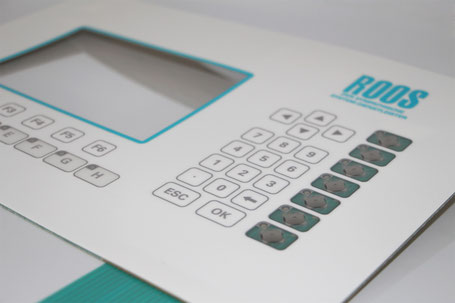Membrane keyboard or touch: which is the right solution for your field of application?
When it comes to selecting an input unit, many think of the modern and interactive touch systems. After all, touch technology has found its way into nearly every area of our daily life and has been used in the form of central input devices in the industrial and medical field for years. This is mainly because new machine generations possess a functional scope that can often be covered only using a touch system. In addition, an input unit with a glass overlay fulfils high hygiene requirements, which play a decisive role in the medical field.
However, does every application really require a touch screen? Particularly when it comes to operation with tactile feedback, the good old membrane keyboards, switches and rotary controls are the first choice.


Owing to their advantages, membrane keyboards remain indispensable for many applications. With membrane keyboards used in industrial contexts in particular, the operation of keys can be made difficult due to various factors, for example gloves or restricted visibility conditions. By means of raised keys, raised key edges and tactile domes, reliable finger guidance is implemented. As an alternative to key embossing, UV relief lacquers can also be used. Membrane keyboards with metal domes enable better tactile feedback.
Attunement to the requirements for the application is crucial when selecting an optimal input system. This refers both to the design wishes and environmental requirements and to the haptic feedback. Often, the optimal solution lies in the combination of both input techniques. Roos GmbH supports its customers in this task as well.
02.11.16

lc-buttons (direkt) - diesen Eintrag nicht löschen oder verschieben!


